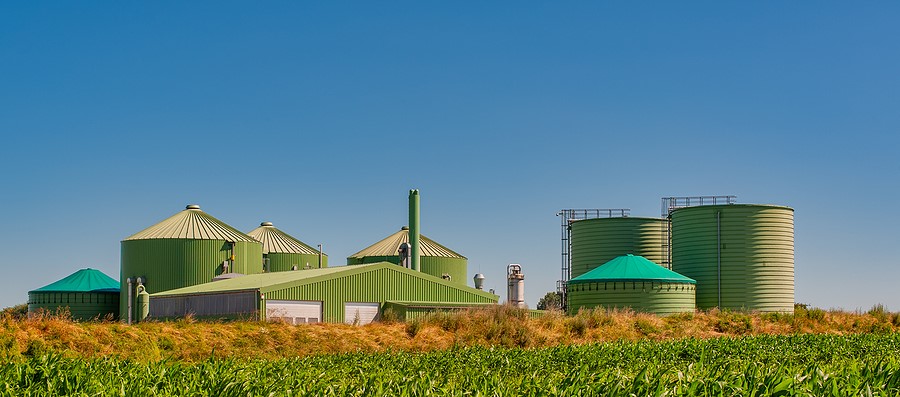News
Thames Water Is Turning Sewage Into Green Electricity!
Utility company Thames Water has been working alongside scientists from the University of Surrey to transform sewage into green electricity at peak times, with the hope being that the technology will be adopted industry-wide to help decarbonise the national grid by 2035.
Thames Water itself has plans in place to reach net-zero emissions by 2030, (20 years before the government’s own target), as well as being carbon negative by 2040.
The company and the university have been working on a four-year project to boost production of biogas from sewage, which can then be used to generate sufficient green power to run its sewage treatments during peak periods of between 4pm and 7pm, which is when energy-hungry appliances like kettles, dishwashers and ovens are in use.
The technology was trialled successfully at the Beddington sewage works in Croydon and it is now standard practice across the entire site. If introduced industry-wide, the UK’s electricity supply would be cleaner, greener and more resilient when it’s needed the most.
What’s innovative about the Thames Water project lies in how sewage sludge is fed into digesters, which is where anaerobic digestion takes place – and the production of biogas occurs.
Previously, the same amount of sludge was fed in at regular intervals but, now, specific feeding regimes have been implemented to increase production rates of biogas between 4pm and 7pm, when electricity prices are higher than at other times.
Mauro Lafratta, part of Thames Water’s energy performance and change team, said: “Our research proved we can produce more biogas in peak periods to generate electricity when the grid’s prices and carbon emissions peak.
“This solution can significantly reduce our operating costs, and help the country achieve carbon neutrality. This means better financial and operational resilience, better environmental protection and a better service for our customers.”
Anaerobic digestion is a naturally-occurring process, already taking place in nature, landfills and livestock manure management systems, but using an anaerobic digester means that the process can be optimised, controlled and contained. Biogas itself is between 50-70 per cent methane, 30-40 per cent CO2 and trace amounts of other gases.
Once biogas is captured it then produces heat and electricity, but it can also be upgraded into biomethane or renewable natural gas, which can then be used as vehicle fuel or injected into natural gas pipelines.
As part of its corporate social responsibility policies, 100 per cent of Thames Water’s sludge is put to beneficial reuse, either for its biogas project, for recycling to agriculture as nutrient-rich fertiliser or for use in land restoration projects as a bulk soil improver. The resulting ash from incineration processes is also recycled.
Do you want to find out about sustainable water development? Get in touch with the team here at H2o Building Services today.
